2.44 cm (0.96 inch) Blue OLED display module. The display module can be interfaced with any microcontroller using SPI/IIC protocols. It is having a resolution of 128×64 . The package includes display board,display, 7 pin male header presoldered to board.
OLED (Organic Light-Emitting Diode) is a self light-emitting technology composed of a thin, multi-layered organic film placed between an anode and cathode. In contrast to LCD technology, OLED does not require a backlight. OLED possesses high application potential for virtually all types of displays and is regarded as the ultimate technology for the next generation of flat-panel displays.
OLEDs basic structure consists of organic materials positioned between the cathode and the anode, which is composed of electric conductive transparent Indium Tin Oxide (ITO). The organic materials compose a multi-layered thin film, which includes the Hole Transporting Layer (HTL), Emission Layer (EML) and the Electron Transporting Layer (ETL). By applying the appropriate electric voltage, holes and electrons are injected into the EML from the anode and the cathode, respectively. The holes and electrons combine inside the EML to form excitons, after which electro luminescence occurs. The transfer material, emission layer material and choice of electrode are the key factors that determine the quality of OLED components.
Setting up SPI/I2C Connection with GMS096A OLED Module:-
Being a new entry to the market, only limited resources are available on this small piece of miracle (GMS096A). I2C/SPI configuration always demands helpful resources as in any case. For the SPI setup, the module comes in 4 wire SPI configuration by default.
For the I2C setup it demands a little bit of work on the module. Actually it was one of our customers who shared these simple configuration steps with us, start with resoldering the resistor from position R3 to R1 and then short the R8 resistor with some solder tin (0 Ohm resistor). The R6 and R7 pullup resistors are already soldered, nothing to do there. Once done, the module is ready for I2C communication! The CS Pin is not necessarily needed, so just connect it to GND. The DC Pin selects the address. For standard address wire it to GND. The RES-pin needs a low pulse at startup and high voltage during operation (as in SPI mode), a 100nF capacitor to GND and a 10k res to VCC would be ideal!
Features:-
- OLED Driver IC: SSD1306
- Resolution: 128 x 64
- Visual Angle: >160°
- Input Voltage: 3.3V ~ 6V
- Compatible I/O Level: 3.3V, 5V
- Only Need 2 I/O Port to Control
- Full Compatible with Arduino
- Working temperature: -30°C ~ 70°C
- Module volume ( generous ): 2.7 cm x 2.7 cm x 0.41 cm
- Factory configured for SPI protocol (can be easily changed to IIC)
* Product Images are shown for illustrative purposes only and may differ from actual product.

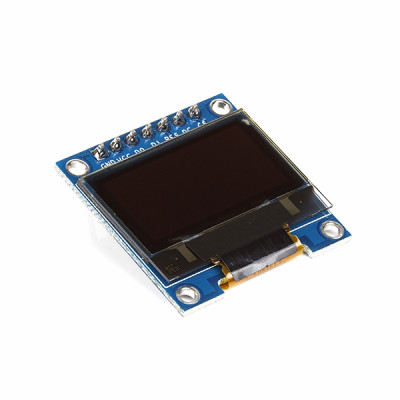
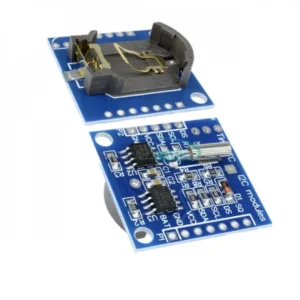
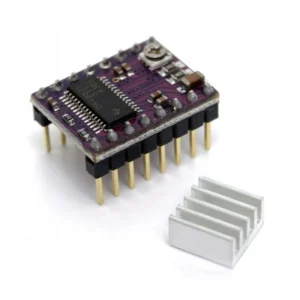

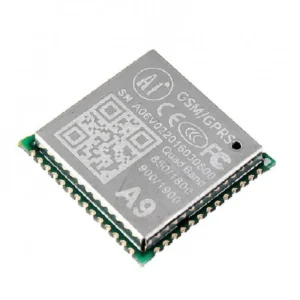
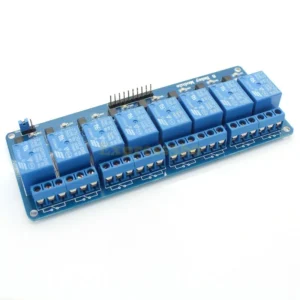
There are no reviews yet.